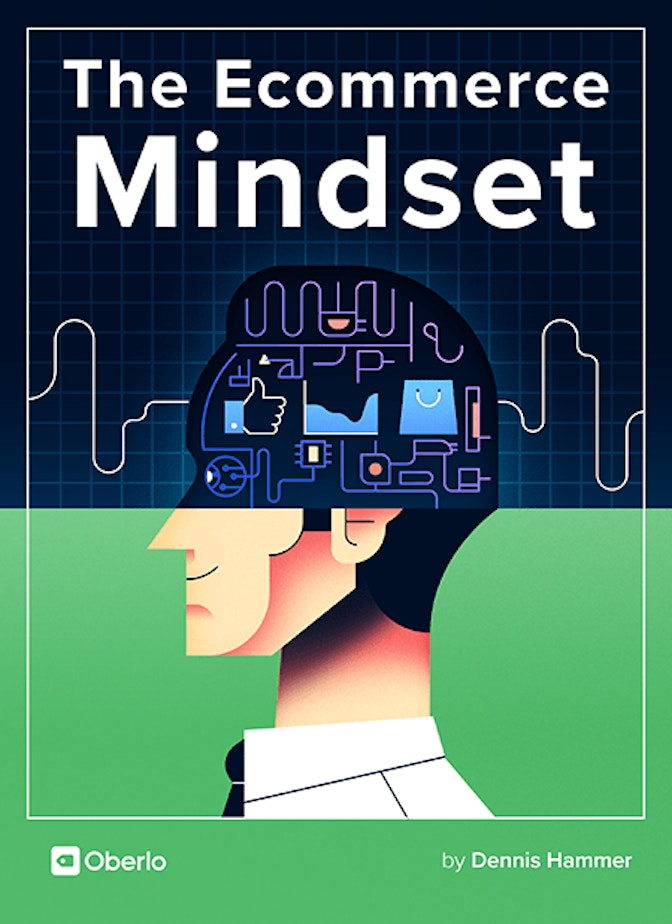When the shoes Giada Pezzini purchased online didn’t fit, she didn’t stress about it. Stores that sell shoes and clothes must expect returns, right?
Well, when she set up the return, she learned the shipping company she was supposed to use didn’t operate in her country. So she had to use a different shipper (at her cost). Then, even though the online retailer confirmed it received her return, they didn’t send her a replacement or a refund.
To make matters worse, the retailer failed to respond to her emails and gave her excuses over the phone. In the end, she never received a replacement pair or her money back. “Needless to say, I won’t be shopping from that e-commerce retailer again,” she says, adding, “and I’ve warned my friends from doing so.”
This experience encapsulates the worst fears of the online shopper.
Giada trusted the retailer with her money, but it broke its promise. “And because the brand is located in another country, I felt like there was nothing else I could do–aside from complaining online, and warning other shoppers that this is not a trustworthy retailer.”
Poor experiences like these can absolutely cripple your store.
People are more likely to tell their friends about poor experiences than good ones. If you ruin your customer’s experience and fail to resolve it, news will reach twice as many people as praise for a good experience.
And even if the customer decides to give you another shot, it takes roughly 12 positive experiences to make up for an unresolved negative experience. If your customer only buys from your store a few times a year, it could take years to make up for your mistake–if you ever truly atone for it at all.
Moreover, a majority of customers who’ve suffered a bad experience don’t say anything at all. For every customer who bothers to complain, 26 remain silent about their problems. Most simply click off your website and go somewhere else without giving it so much as a second thought.
For instance, if a customer has trouble using your site navigation, they probably won’t complain. You’ll never hear about this issue because they simply click off your website and find another retailer. Even if you offer plenty of contact options (email, live chat, phone number, and so on), why would they bother going through that process, when they could just hit their Amazon bookmark and buy from a retailer they know will accomodate them?
As you can see, the customer experience is a much broader concept than simply contemplating whether you should accept returns.
Infobip has an excellent definition:
In commerce, customer experience (CX) is the product of an interaction between an organization and a customer over the duration of their relationship. This interaction is made up of three parts: the customer journey, the brand touchpoints the customer interacts with, and the environments the customer experiences (including digital environment) during their experience. A good customer experience means that the individual’s experience during all points of contact matches the individual’s expectations.
In other words, the customer experience includes every interaction the customer has with your business (every email they receive, every social media post they see, every link they click, every product they view, etc.). Even browsing your homepage or a product category is part of the overall experience.
It’s likely the retailer who sold Giada her shoes never intended to steal her money. The most likely explanation for the gaffe is a poor customer service process. Maybe someone left the company at the wrong time, or an email thread got deleted. There are plenty of possible explanations, but none of them matter to the customer.
All Giada cares about is her lost money.
Your job, therefore, is to design a comprehensive experience that achieves these goals:
- Your design should make the customer trust you.
- It should prevent the customer from feeling frustrated, abused, or exploited.
- It should eliminate any obstacles between the customer and a sale.
- It should make the customer feel like they’re part of something bigger than a one-time transaction.

Don’t wait for someone else to do it. Hire yourself and start calling the shots.
Get Started FreeSigns of a Bad Customer Experience
No one can tell you how to create the perfect customer experience for your specific customer base. This depends on your products and the type of customer you sell to. But here’s a few signs you might be providing a bad experience.
Complex Checkout Process: Once your customers decide to buy, get out of their way! Your customers are more likely to complete your checkout process if it’s simple, linear, and limited to a few pages. You can also improve their experience by allowing them to purchase as a guest (instead of making an account), like all major retailers do.
Forms with Too Many Fields: Forms are intimidating. To website users, forms feel like a hoop they have to jump through to get what your customers really want. You may want a lot of information from your customers, but you don’t have to request it all at once, so limit each form to only the information you need for the initial purchase.
Unintuitive Navigation: Ecommerce sites live and die by their navigation. If a customer can’t find what they want in seconds, they’ll hit that BACK button and find a store that does meet their needs. The best navigation systems use categories to separate merchandise and menu systems, so customers can browse the store on autopilot.
Unsecure Website: Nowadays, shoppers want to know they can trust you with their data and financial information. It’s essential that you purchase an SSL certificate to encrypt incoming and outgoing data. (Make sure your URL has “HTTPS” instead of “HTTP” to indicate to customers you’re secure.)
Non-Responsive Website Design: In 2016, 40% of online shopping took place on mobile devices. That’s a statistic you just can’t ignore. If your website isn’t built for easy browsing on mobile, you’re leaving money on the table. (And a lot of it.) If shoppers can’t use your site, they won’t switch to a desktop and try again. Instead, they’ll find a site that meets their needs. (Fortunately, this isn’t a problem for Shopify users. All of our themes are mobile-friendly.)
Overusing Pop-ups: Pop-ups are an important tool to drive email signups and conversions. But be careful you don’t overuse them; otherwise, you’ll frustrate your shoppers. Give your pop-ups a delay so they don’t bother your visitors before they get a chance to see your site, and set them up so they only display once per session.
Optimize Over Time with Testing
Just like your product pages, calls to action, and copy, you can optimize your customer experience.
If your customers don’t like your navigation, change it. If they’re distracted by loud colors, find a new color palette. If they contact you with the same questions over and over again, answer these questions in your product descriptions (or on a separate FAQ page).
In other words, the best way to improve your customer experience is to have actual conversations with your customers. Engage with them (or people like your customers) as often as possible to learn what they prefer in their shopping experience.
[highlight]Oberlo recommendation: Here’s an excellent article on how to improve your customer experience in 2018.[/highlight]



